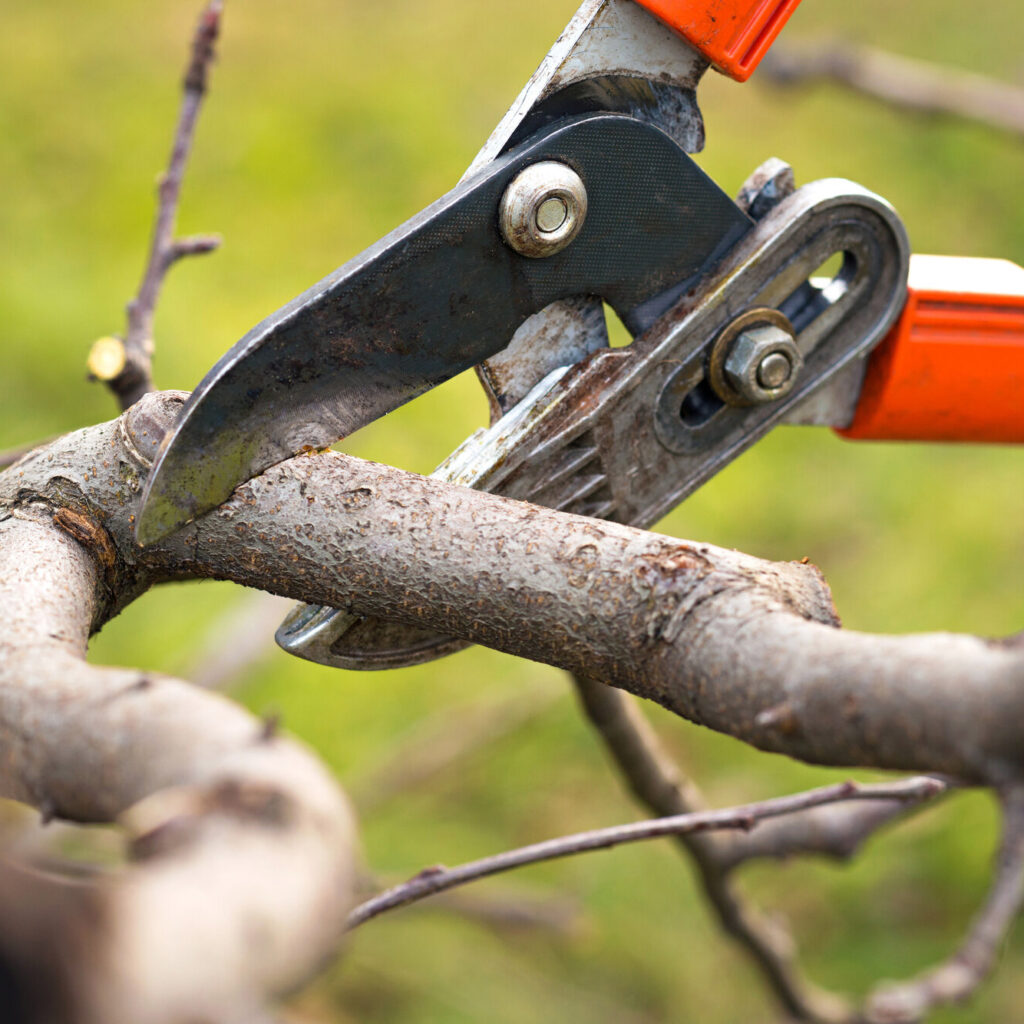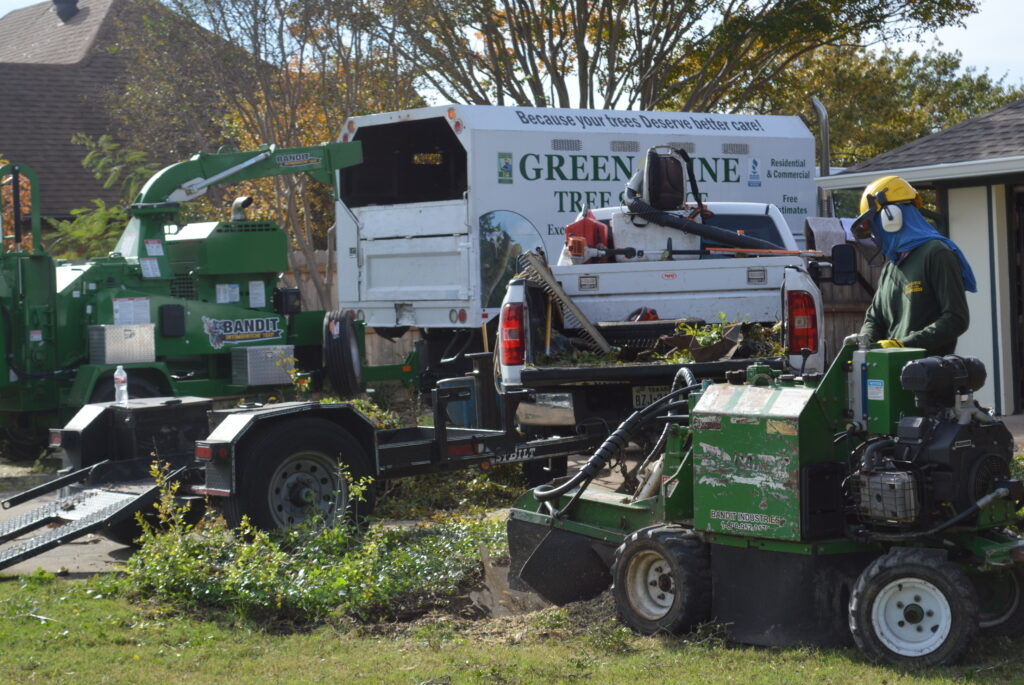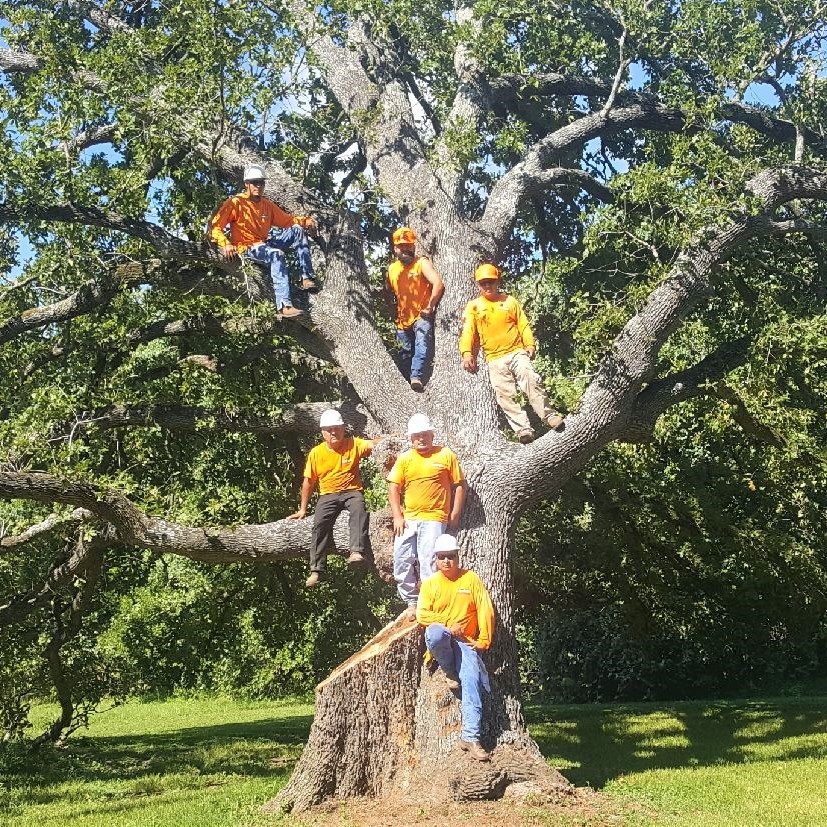Introduction to Tree Care Arborists
Tree care is a critical aspect of maintaining a safe and beautiful environment. Trees provide shade, improve air quality, and add aesthetic appeal to landscapes, but they need proper care to thrive. This is where arborists, professionals trained in tree care, play a vital role.
What is an Arborist?
An arborist, often called a “tree doctor,” is a specialist trained in the science of planting, caring for, and maintaining trees. Arborists are knowledgeable about the needs of trees and are equipped to provide the necessary care for optimal tree health.
Why Tree Care Matters
Importance of Trees in Urban Areas
Trees are an essential part of urban life, providing shade, improving air quality, and reducing noise pollution. In cities, trees help to lower temperatures and offer a break from concrete surroundings.
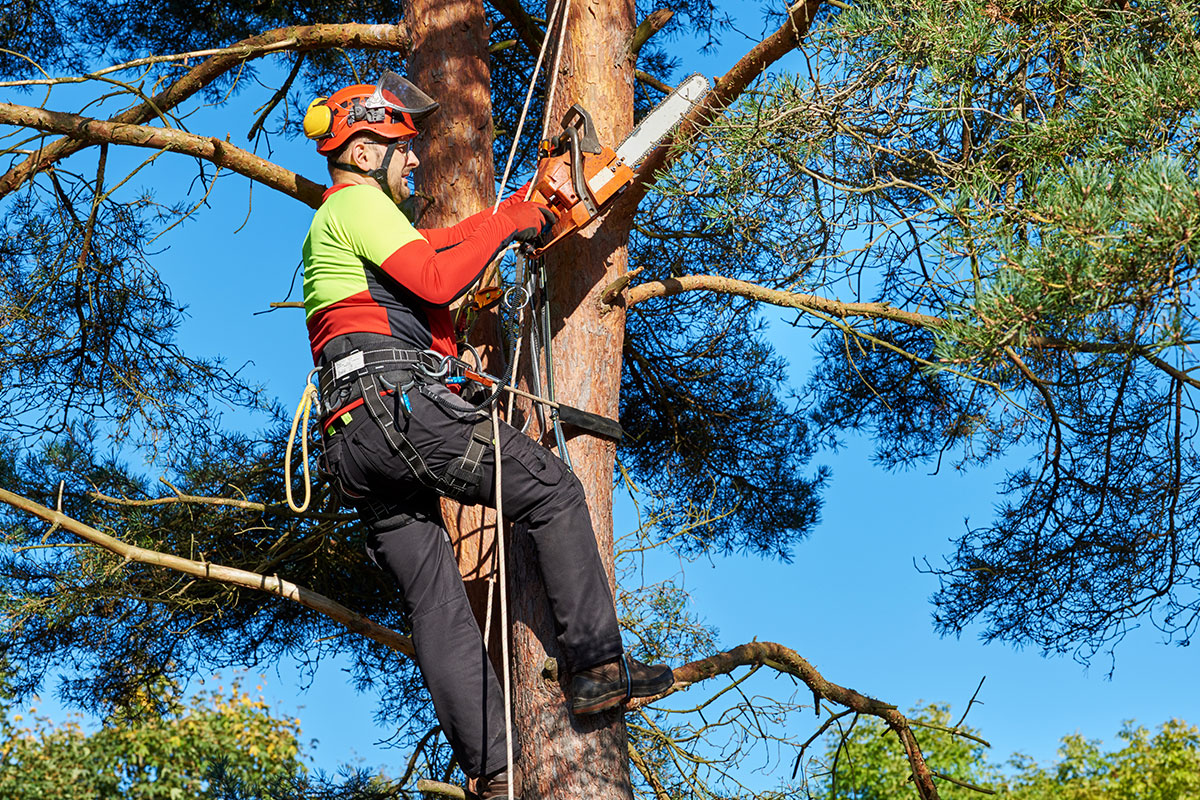
Environmental Benefits of Trees
Trees play a vital role in the environment, acting as natural filters that absorb pollutants and release oxygen. They also combat soil erosion, support wildlife habitats, and contribute to a balanced ecosystem.
Arborists vs. Landscapers: Key Differences
While both arborists and landscapers work with plants, their areas of expertise differ significantly. Landscapers focus on designing and maintaining gardens, while arborists specialize in the health and safety of trees.
How Arborists Approach Tree Care
Tree Health Assessment
An arborist begins by evaluating the overall health of a tree. This includes checking for signs of disease, decay, insect infestations, and structural issues that might pose a risk.
Pruning and Trimming Techniques
Proper pruning and trimming are crucial for tree health. Arborists use specific techniques to remove dead or diseased branches, improve the tree’s structure, and promote growth.
Types of Tree Pruning
Structural Pruning
Structural pruning involves shaping the tree for strong, healthy growth by removing weaker branches. This technique is essential for young trees.
Reduction Pruning
Reduction pruning helps to reduce the size of a tree. Arborists carefully trim branches to control growth without harming the tree’s health.
Crown Lifting
Crown lifting is a technique that raises the tree’s canopy, improving clearance around the base. This is especially useful in urban areas where trees grow near walkways or buildings.
The Role of Tree Health Assessments
Regular health assessments are critical in detecting problems early. Arborists can identify diseases and insect infestations before they become severe.
Identifying Tree Diseases
An experienced arborist can spot signs of common tree diseases, such as root rot, powdery mildew, and cankers. Early detection can often save the tree.
Detecting Insect Infestations
Insect infestations are another threat to trees. Arborists check for pests like bark beetles, aphids, and caterpillars that could harm tree health.
Tree Risk Assessments and Hazard Prevention
A tree risk assessment is essential for identifying potential hazards. Arborists assess factors such as the tree’s structural integrity, proximity to buildings, and risk of falling.
Assessing Structural Weakness
Arborists examine trees for structural weaknesses, such as cracks or dead branches. These weak points can make a tree more susceptible to falling during storms.
Managing Hazardous Trees
If a tree poses a danger, arborists may suggest removal or special treatments to stabilize it. This is particularly important near homes and buildings.
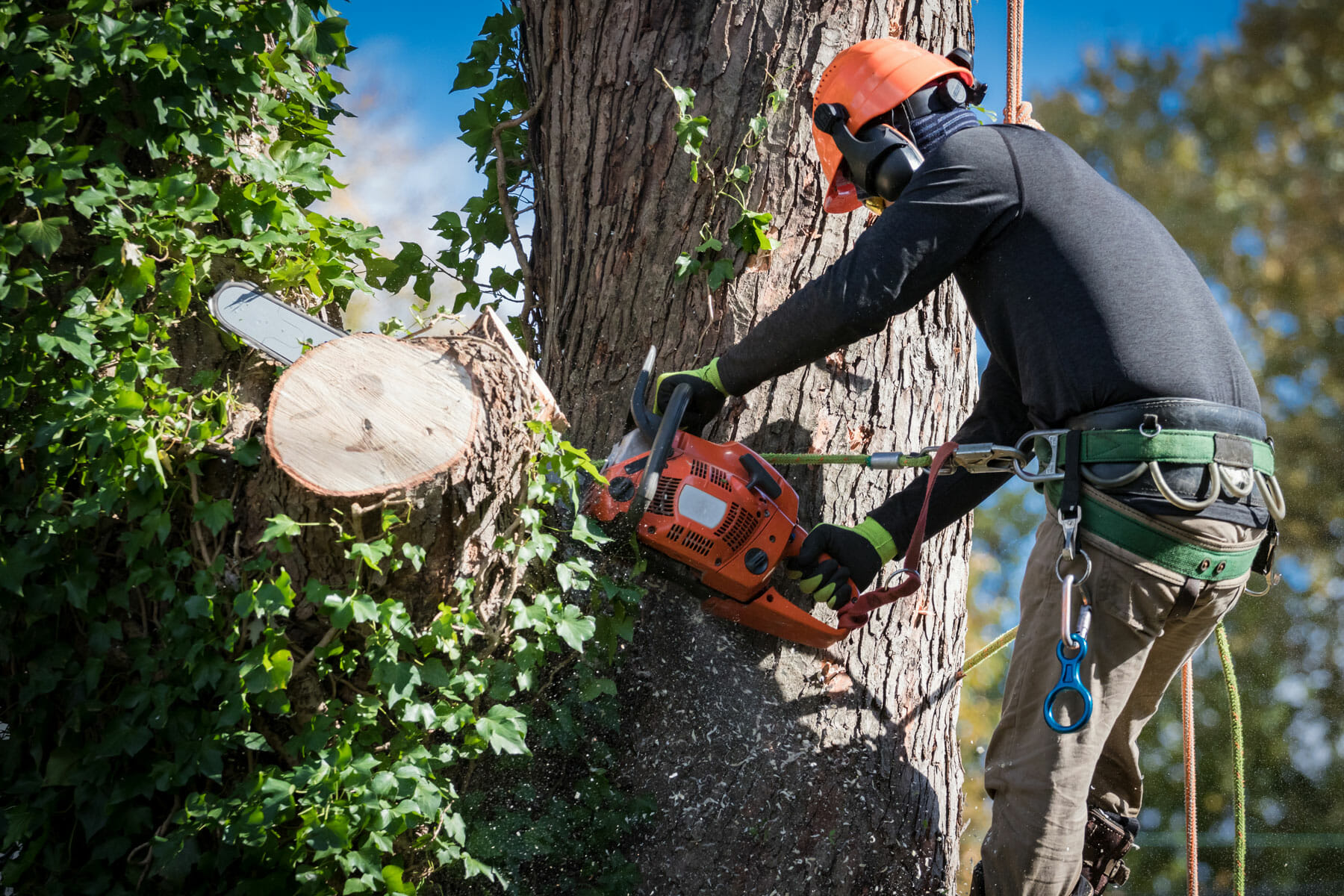
Soil Health and Fertilization for Trees
Soil health plays a critical role in tree growth. Arborists can improve soil quality through fertilization and other treatments to ensure trees get the nutrients they need.
Tree Planting and Transplanting Services
Arborists also help with tree planting and transplanting. They choose the right tree species for the area, considering factors like soil type, sunlight, and space.
Arborist Equipment and Safety Measures
Arborists use specialized equipment like chainsaws, harnesses, and pruning shears. Safety is a top priority, especially when working at heights or around power lines.
The Importance of Certified Arborists
When hiring an arborist, certification is crucial. Certified arborists follow industry standards, ensuring the highest level of tree care.
ISA Certification
The International Society of Arboriculture (ISA) certifies arborists who meet stringent standards of knowledge and experience. ISA certification signifies a commitment to high-quality tree care.
TCIA Accreditation
The Tree Care Industry Association (TCIA) provides accreditation for companies with high standards in safety, quality, and ethics. Hiring a TCIA-accredited arborist ensures professionalism.
Cost of Arborist Services and Factors Affecting Prices
The cost of arborist services can vary based on the complexity of the job, the size and location of the tree, and other factors. It’s best to request a quote before starting any work.
How to Choose the Right Arborist
Choosing the right arborist involves checking their credentials, experience, and references. Look for certified professionals who have positive reviews and experience in your area.
Conclusion
Proper tree care by an experienced arborist not only preserves the health and beauty of trees but also enhances safety and environmental quality. Trees are valuable assets to our landscapes and deserve professional attention to thrive.
